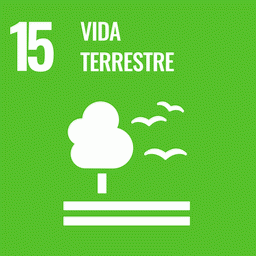This policy brief presents the level of emissions from understory forest wildfires in the Amazon as a way to highlight the urgent need to protect the carbon sink and storage potential, a critical function of the Amazonian rainforests, which has been diminished.
Effects of experimental fires on litter decomposition in a seasonally dry Amazonian forest
Litter decomposition is a fundamental process for nutrient cycling but we have a limited understanding of this process in disturbed tropical forests. We studied litter decomposition over a 10-mo period in a seasonally dry Amazon forest in Mato Grosso, Brazil. The...

